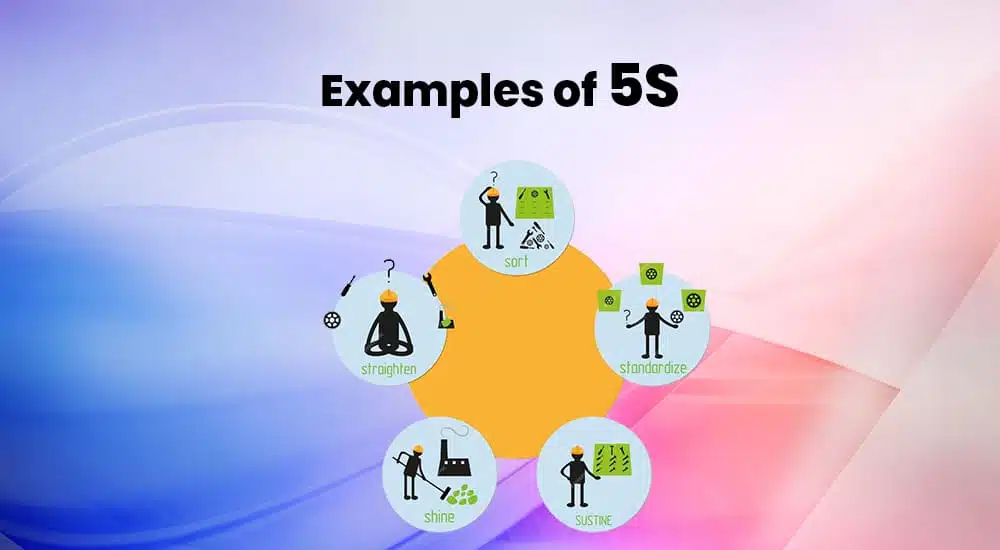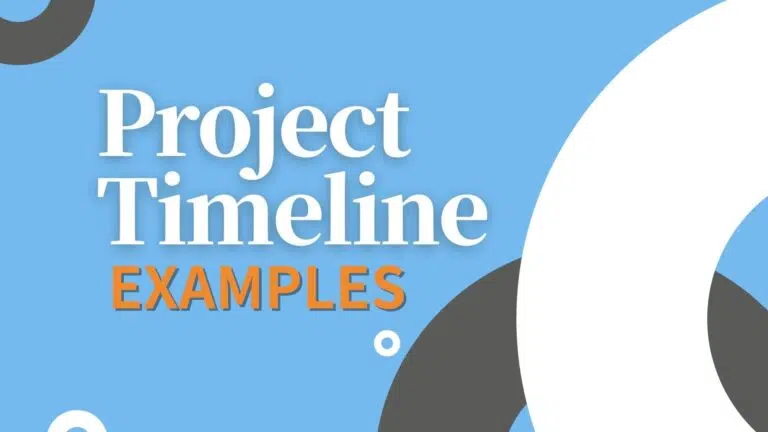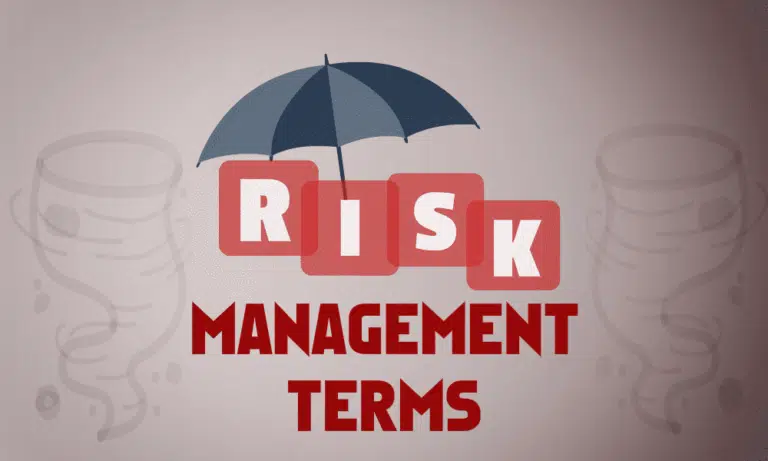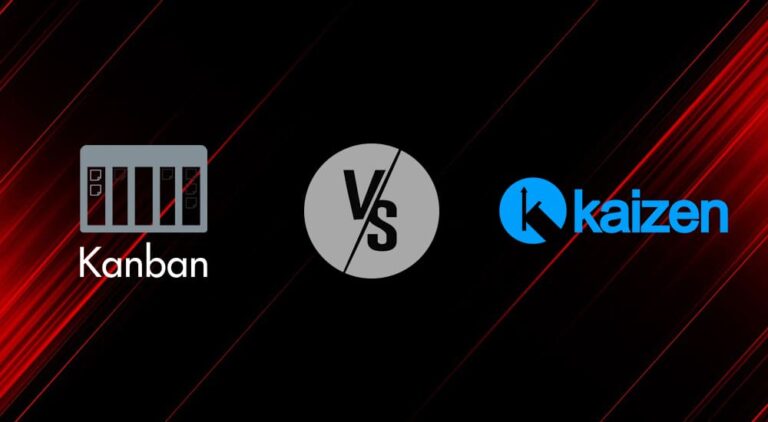5S framework helps organizations improve their work environment by organizing the workplace, reducing waste, and increasing efficiency. 5S methodology originated in Japan and is associated with Lean production and Kaizen (i.e., continuous improvement) principles. It was populated by the Toyota production system.
The 5S” is a short form of five Japanese terms that all start with “S.” These words are Seiri (Sort), Seiton (Set in Order), Seiso (Shine), Seiketsu (Standardize), Shitsuke (Sustain). These five words are the five key principles of the framework.
The application of 5S is not limited to manufacturing; it is useful in all industries, including offices, healthcare, and service sectors. It reduces waste & unneeded items, improves efficiency, enhances safety, increases employee morale, and creates an organized and pleasant workspace for employees.
Importance of 5S in Workplace Organization
Implementing the 5S framework organizes the workplace and makes the work easy and efficient. For example, workers will know where the tools are kept, and they can pick them up whenever they need them. They won’t spend time searching for tools.
In offices, stationery will be kept in the same place, so the employees can find it quickly without wasting time. In workshops, equipment will be kept in the same place to avoid near-misses and accidents, as passersby will know the location and can pass through the area quickly.
Businesses can find abnormalities using 5S and identify risks before they become issues.
Examples of 5S in the Workplace
The examples of the 5S framework in the workplace are as follows:
Seiri (Sort)
The supervisor or manager will prepare a list of all equipment and tools and then identify any unnecessary tools and/or equipment. Afterward, they will remove the wasteful items and keep only what is required and useful. This step will ensure that employees spend less time searching for tools and consumables and more time completing useful tasks.
In an office setting, removing unnecessary items, such as paper, stationery, etc., from the table and fixing the PC in an ergonomically better position can reduce distraction and increase work efficiency.
Seiton (Set in Order)
By keeping all tools in order, workshop employees can quickly choose their tools, complete their tasks, and then put the tools back into their rightful place.
Users can organize the files and folders on desktop publishing to save and retrieve documents. This will ensure that users won’t spend time searching and spend time on productive work.
In the warehouse, labels, color coding, and other organization methods can help identify the items.
Seiso (Shine)
Cleanliness and maintenance are key to high efficiency. Ensuring the workplace is clean and equipment are maintained regularly. This helps reduce downtime and productivity will be more.
Ensure the common work area is clean, and equipment are available to all employees and located at the accessible position.
Seiketsu (Standardize)
Standardized processes reduce the time cost, improve the quality, and increase efficiency. Using standard packaging can reduce the packaging cost and time. Buying standard components and using them in the operation can increase efficiency.
Shitsuke (Sustain)
There is always room for improvement! Site supervisors or office administrators should constantly look for ways to improve the workspace and unclutter the area to improve hygienic conditions and cleanliness.
A third-party audit can ensure that the organization follows the KAIZEN (consistently improving).
Summary
By following the above examples of 5S frameworks in the workplace, businesses can understand their use, apply it to their operations, improve their work environment, and increase efficiency.

I am Mohammad Fahad Usmani, B.E. PMP, PMI-RMP. I have been blogging on project management topics since 2011. To date, thousands of professionals have passed the PMP exam using my resources.







